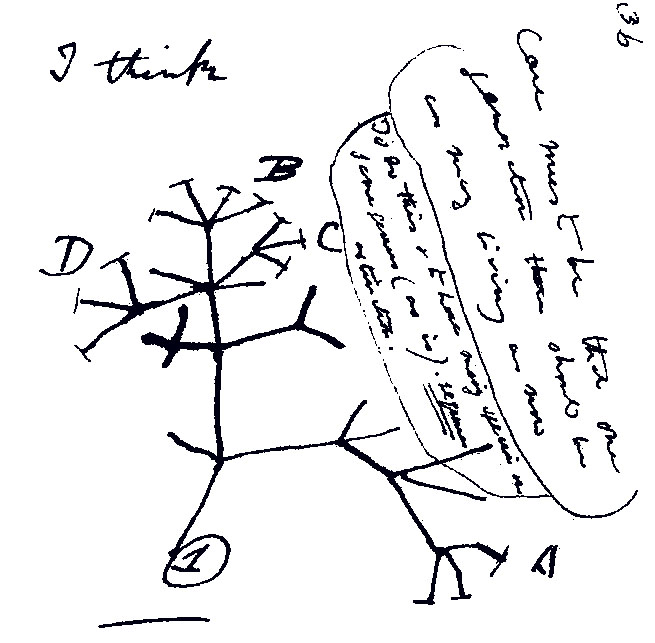TUESDAY, 9 NOVEMBER 2010
Standing on the shoulders of giants is a phrase often used to describe the progression of science, with each generation of researchers building on the results of their predecessors. Successful experiments find their way into published papers, but what about the dead ends, the unsuccessful attempts? Often these are not published and become lost in laboratory notebooks. In the digital age, this may change as the recording of research moves from paper to computer.A lab notebook is the place to sketch out ideas and record experimental procedures, results and conclusions. It is a valuable record of a particular scientific investigation for both the researcher who carried out the work and colleagues who may want to revisit and build upon it.
Yet not all researchers keep equally good lab notebooks, and repetition of work due to badly kept records is not uncommon. James Collip, the biochemist who first purified insulin, lost track of the variables during the initial successful purification. It took another two months for him to re-discover a working method. Such cases are not restricted to biochemistry in the 1920s. Bioinformaticians, whose research is born of the digital age, also sometimes find it “easier to run an experiment again instead of trying to find the data”. They rarely use paper, but they must still keep track of their investigations.
An electronic lab notebook (ELN) may help to address some of the shortcomings of the traditional paper one. The Department of Chemistry in Cambridge is the first chemistry department in the UK to adopt an ELN system, which is currently in the pilot phase.
The ELN has three key features: a central database, templates, and digital searching. A centralised database that is professionally maintained and regularly backed up means that data is much less likely to be lost. The ELN offers templates that carry out routine calculations automatically. These templates speed up the planning process and encourage the recording of experimental details in a format that other researchers can understand. As a digital system, the ELN can be searched using text or even chemical structures: very handy when writing a paper or thesis. Many types of files, from annotated images and spectra to journal papers in PDF format, can be dropped into the ELN and searched in the same way.
The main challenge with the ELN is getting academics to switch from their current method of recording experiments. The pilot scheme was targeted at first-year PhD students and new post-docs so that they could establish a paperless routine right from the start of their projects. Nine months into the pilot scheme, there are 45 users, with 6 being particularly active. Most users indicate that they still keep some of their lab records on paper.
In contrast to academia, ELN systems are becoming the standard in industry. GlaxoSmithKline, a major pharmaceutical company, has rolled out an ELN system to over 3000 employees. They switched from paper to electronic lab notebooks in only nine months, and most of their users prefer it over paper notebooks.
Unlike in industry, ELNs will not be mandatory for academic scientists in the short term, yet the eventual use of electronic notebooks in universities is “inevitable” according to Dr Tim Dickens, who is responsible for the computing systems that drive the current ELN in the Department of Chemistry. “An increasing amount of funding is for large, multidisciplinary projects, and the ability to search and share data is becoming particularly important.” Moreover, as a digitised database, the notebooks can eventually be released to the general public, who as taxpayers have a right to access the work that they funded.
Wing Ying Chow is a PhD student in the Department of Chemistry.

